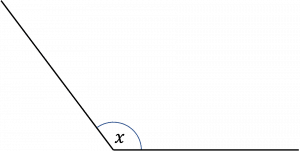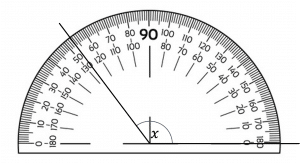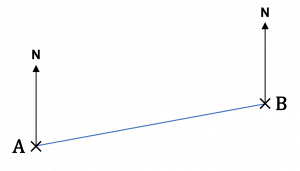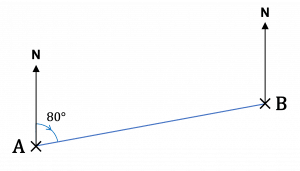Functional Skills: Angles and Bearings
Angles and Bearings
In this section we will look at the basics of angles and bearings.
What Are Angles?
Angles are measured in degrees (\degree).
There are used in shapes and inform you how far something has turned from a fixed point.
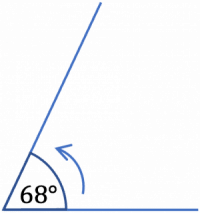
The diagram above shows the diagonal line has turned 68\degree from the horizontal line.
Angles are called different names depending on their size:
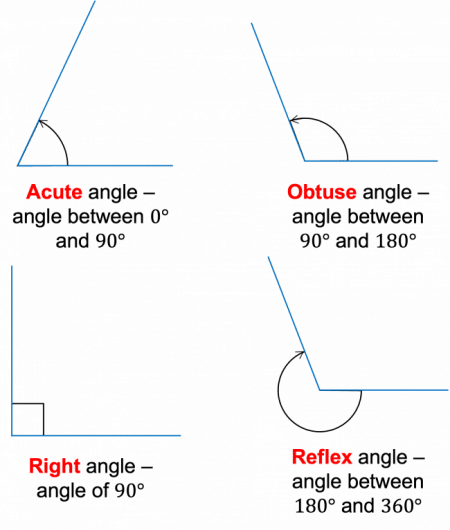
Note: Angles can be measured clockwise or anticlockwise.
Measuring Angles
To measure angles between lines you can use a protractor.
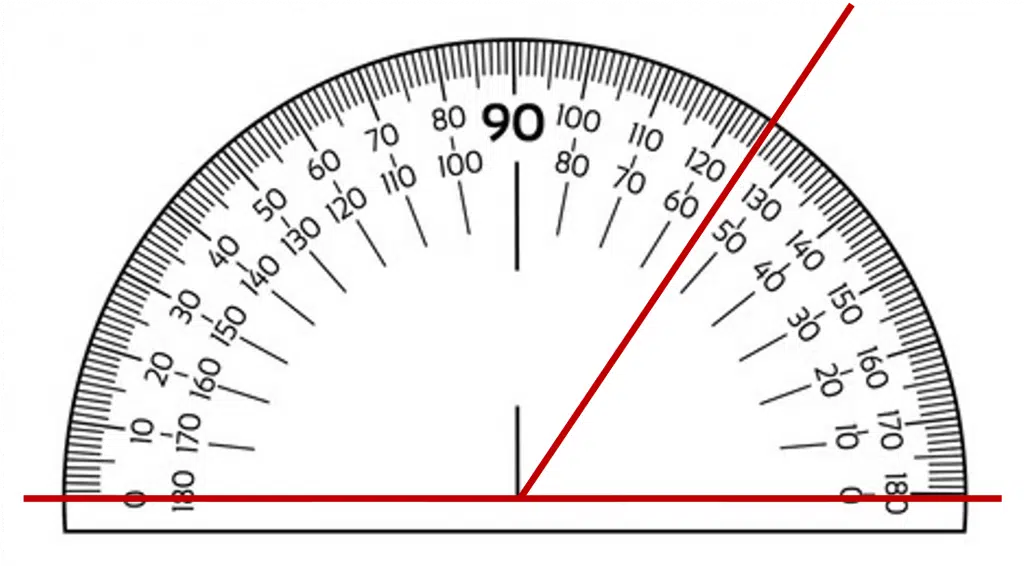

Step 1: First centre the protractor with the fixed point where the lines meet.
Step 2: Then line up the bottom line of the protractor with one of the lines.
Step 3: Read off the protractor – we can see that this acute angle is 55\degree or 125\degree if you measure the obtuse angle.
Follow Our Socials
Our Facebook page can put you in touch with other students of your course for revision and community support. Alternatively, you can find us on Instagram or TikTok where we're always sharing revision tips for all our courses.
Bearings
Bearings denote the direction of one point to another, given as angles in degrees.
They are always measured clockwise from the North line and are written as three digits, for instance if the angle is 42\degree, then you write 042\degree
Example: The bearing of B from A is 127\degree
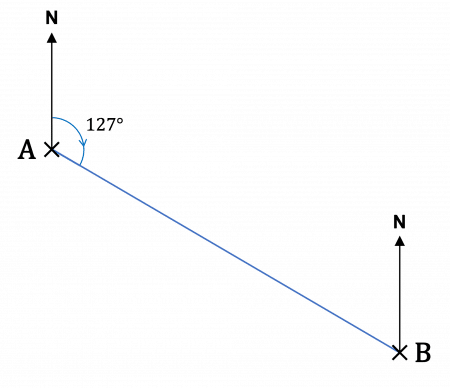
Functional Skills: Angles and Bearings Example Questions
Question 1: Use a protractor to find the angle labelled x.
[1 mark]
Using a protractor we can see that the angle is 127\degree.
Don’t worry if you didn’t get 127\degree exactly, usually you will be given a margin of error, so you would still be correct if you measured it as 126\degree or 128\degree.
Question 2: Using a protractor, find the bearing of B from A.
[1 mark]
The angle between the North line and the line starting from A to B is 80\degree. So, the bearing of B from A is 080\degree.
Question 3: State whether the following angles are acute, obtuse, reflex or a right angle:
a) 169\degree
b) 87 \degree
c) 90 \degree
d) 222 \degree
[4 marks]
a) 169\degree is an obtuse angle because it is between 90\degree and 180\degree.
b) 87\degree is an acute angle because it is between 0\degree and 90\degree.
c) 90\degree is a right angle.
d) 222\degree is a reflex angle because it is between 180\degree and 360\degree.
Specification Points Covered
L1.24 – Draw 2-D shapes and demonstrate an understanding of line symmetry and knowledge of the relative size of angles
L1.26 – Use angles when describing position and direction, and measure angles in degrees








